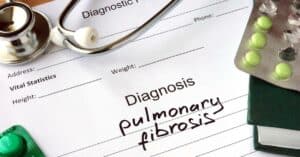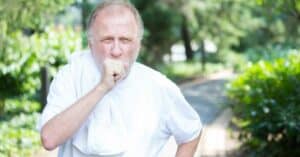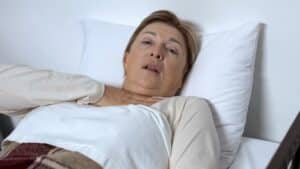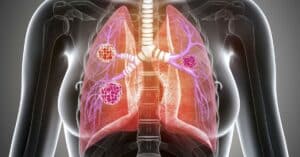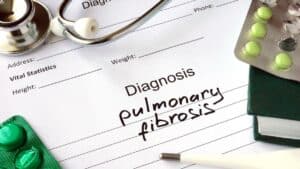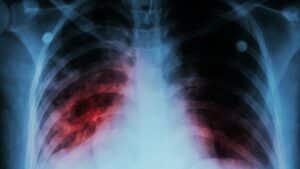Pulmonary fibrosis is a type of restrictive lung disease that causes scarring to the lungs. The scarring hardens and thickens the lungs’ passageways.
The scarring inside the lungs makes it difficult to breathe normally. People with pulmonary fibrosis cannot fully fill their lungs with air or fully expand their lungs.
Often, people with pulmonary fibrosis have trouble keeping steady blood oxygen levels and experience shortness of breath. Practicing breathing exercises helps people learn how to control their breathing.
To help you breathe easier, we’ve made a list of the best pulmonary fibrosis breathing exercises and how to do them.
Best Pulmonary Fibrosis Breathing Exercises
Many doctors and respiratory therapists recommend breathing exercises for their patients.
However, it’s important to discuss these pulmonary fibrosis breathing exercises with your doctor before trying them. Done properly, pulmonary fibrosis breathing exercises may help you breathe deeper and stay calmer.
Belly Breathing Technique
Belly breathing or diaphragmatic breathing helps people strengthen their diaphragm, so they breathe better. In fact, belly breathing can also be used to help people relax.
This pulmonary fibrosis breathing exercise can be done while lying down or sitting in a chair.
- Lie on your back with your knees bent with a pillow underneath them or sit in a comfortable chair.
- Place one hand on your upper chest and the other on your belly just below your ribcage.
- Inhale slowly and gently through your nose and keep the hand on your chest as still as possible.
- Focus on feeling your belly move as you breathe.
- Exhale slowly and gently through your mouth, keeping the hand on your chest still.
You can practice belly breathing 3-4 times a day for about 5-10 minutes.
Huff-Cough Technique
Coughing is a common problem for people with pulmonary fibrosis and other chronic lung diseases as it can cause fatigue. Doctors recommend the Huff-Cough Technique to help their patients cough more effectively, so their patients don’t become overly fatigued.
- Sit in a comfortable chair.
- Take several deep, gentle breaths as best you can, like you would in belly breathing.
- Put one hand on your stomach and breathe normally.
- Tighten your stomach and chest muscles.
- Keep your mouth open.
- Whisper the word “huff” while forcing the air out.
Forced Coughing Technique
The forced coughing technique helps remove excess mucus from your airways. Excessive mucus is a common problem for people with chronic lung diseases.
Here’s how to do the forced coughing technique:
- Sit in a comfortable chair.
- Keep your back straight and your feet pressed against the floor.
- Breathe as deeply as you can.
- Focus on feeling your diaphragm expand.
- Hold your breath for three counts.
- Open your mouth and cough twice.
- If mucus comes up, discard it in a tissue.
- Repeat until your airways feel more clear of mucus.
Pursed Lips Breathing
Pursed lips breathing helps address shortness of breath and offers many benefits. The benefits of pursed lips breathing include opening the airways to ease breathing, relieving shortness of breath and promoting relaxation. This technique can be done sitting, standing or lying down. However, to maximize the benefits, many people choose to sit or lie down.
- Relax your neck and shoulders.
- Breathe in slowly through your nose for two seconds with your mouth closed.
- Breath out slowly through your mouth for four seconds with your lips puckered.
- As you exhale, keep it slow and steady.
- Repeat and extend the counts as you go.
Breathing Exercises and Your Next Steps
Take your time while learning these new pulmonary fibrosis breathing exercises. Start slowly and follow your doctor’s instructions. In combination with pulmonary fibrosis breathing exercises, many people follow a pulmonary fibrosis treatment plan.
The treatment plan may include medications, inhalers, pulmonary rehabilitation, oxygen therapy and alternative medicines.
Always consult your doctor for the best treatment plan for you.

Christine Kingsley, APRN is the Health and Wellness Director at the Lung Institute where she focuses on providing helpful online resources for people looking for information on various lung diseases, breathing exercises, and healthy lifestyle choices. She advocates for holistic care that involves working with your doctor to explore all options including traditional and alternative care while focusing on diet and exercise as proactive measures.


